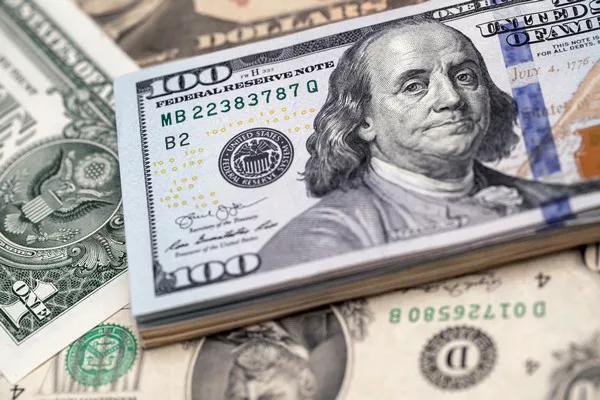In the world of numismatics and coin collecting, gold dollar coins stand out as prized artifacts, evoking curiosity and intrigue among enthusiasts and investors alike. However, a common question that often surfaces is whether these gold dollar coins are indeed made of authentic gold or if their allure is merely symbolic. In this article, we will delve into the composition of gold dollar coins, exploring their history, manufacturing processes, and the intrinsic value they carry.
Historical Perspective:
Gold dollar coins have a rich history in the United States, dating back to the mid-19th century. The first gold dollars were minted in 1849, responding to the Gold Rush that captivated the nation. These coins were initially introduced in response to the need for small denominations suitable for everyday transactions in a booming economy fueled by the discovery of gold in California.
Composition and Alloys:
To understand the authenticity of gold dollar coins, it is crucial to examine their composition. Over the years, different types of gold dollar coins have been minted, each with its unique alloy. The most notable gold dollar coins in U.S. history include the Type 1, Type 2, and Type 3 versions.
Type 1 Gold Dollar (1849-1854):
The inaugural gold dollar coins, commonly referred to as the Type 1 coins, were composed of a gold and copper alloy, with a gold content of approximately 90%. The addition of copper served to enhance the coin’s durability, preventing it from becoming too soft for practical use in circulation.
Type 2 Gold Dollar (1854-1856):
The Type 2 gold dollar coins featured a modification in design, but the composition remained consistent with the previous iteration, maintaining a gold content of around 90%.
Type 3 Gold Dollar (1856-1889):
The Type 3 gold dollar coins underwent further design changes, introducing a more intricate Indian Princess motif. Similar to their predecessors, these coins retained the gold and copper alloy composition, ensuring a gold content of approximately 90%.
Determining Authenticity:
Given the historical context and the varying types of gold dollar coins, it is evident that these coins do contain genuine gold. The key lies in understanding the specific alloy used during their minting. The 90% gold content in these coins is a testament to their authenticity as valuable gold artifacts.
Value Beyond Gold Content:
While the gold content is a crucial factor in determining the intrinsic value of gold dollar coins, collectors and investors also consider other elements that contribute to their worth. Factors such as rarity, condition (graded on a scale from Poor to Mint State), and historical significance play pivotal roles in influencing the market value of these coins.
Authentication Challenges:
Despite the straightforward composition of gold dollar coins, the numismatic world has witnessed instances of counterfeit coins circulating in the market. Therefore, it is imperative for collectors and investors to exercise caution and employ authentication measures when acquiring gold dollar coins.
One common method of authentication involves checking for the presence of mint marks, which are small symbols indicating the coin’s origin. Additionally, the weight and dimensions of the coin should align with the specifications outlined by the minting authority. Consulting reputable numismatic experts and utilizing professional grading services can further ensure the authenticity of gold dollar coins.
Investment Considerations:
For those considering gold dollar coins as an investment, it is essential to weigh the potential benefits and risks. The historical significance, rarity, and condition of the coin contribute to its investment appeal. However, like any investment, the market for numismatic coins can be subject to fluctuations, and potential investors should conduct thorough research and seek expert advice before making substantial financial commitments.
See Also What Is The Best Way To Exchange Dollars For Euros
Conclusion:
In conclusion, gold dollar coins do indeed contain genuine gold, with their authenticity rooted in the 90% gold and 10% copper alloy used in their composition. The evolution of these coins through different types reflects the dynamic history of the United States and the changing demands of its economy. While collectors and investors should be vigilant against counterfeit coins, the allure of gold dollar coins extends beyond their gold content, encompassing historical significance and numismatic value. As with any investment, due diligence, careful consideration, and consultation with experts are crucial when venturing into the world of gold dollar coins.


